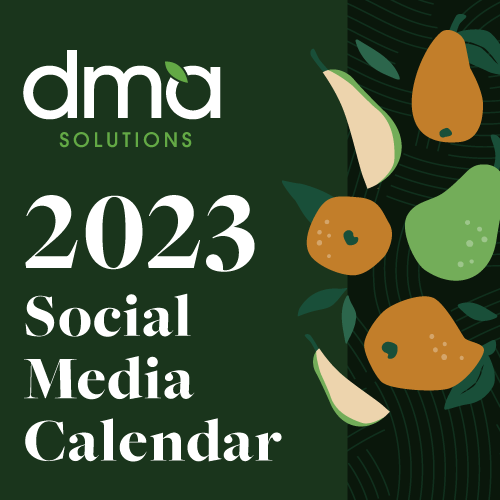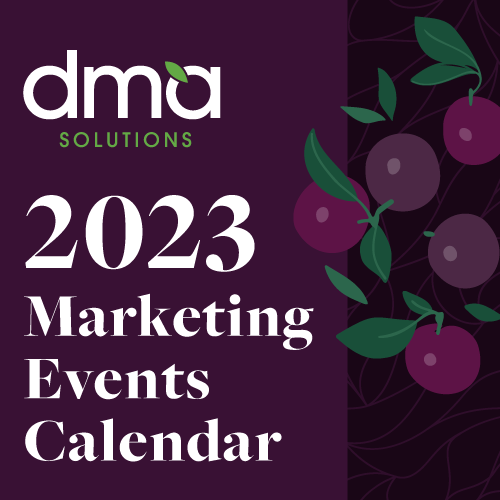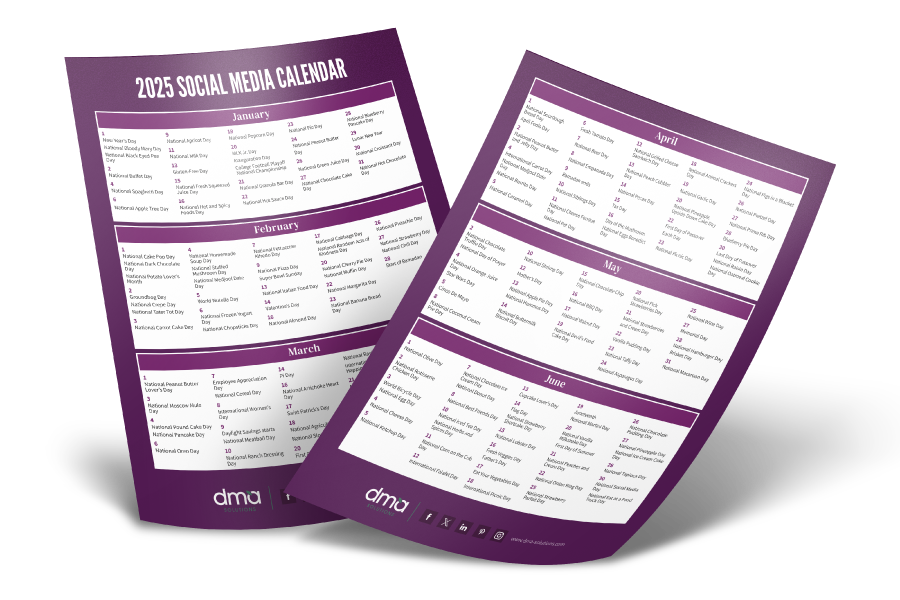Storytelling should be simple and effective. Your audience should know what you do and how you can fix their problems in the first few seconds of a visit to your website, your social media network, and even when they visit your tradeshow booth. If they don’t know what you do at first glance, odds are, you are missing an opportunity to connect.
…And we see many fresh produce brands that are missing opportunities to connect! When done right, great storytelling will cut through the noise, get the attention of your potential shoppers or customers, and more importantly, grow your business.
5 Storytelling Mistakes You’re Making
Positioning your brand as the hero
Many companies make the mistake of positioning themselves as the hero; they want to save the day and sell a product to their buyer or shopper. However, in successful stories the brand must position itself as the guide – not the hero.
Donald Miller teaches us that a customer has a problem, meets a guide (your company), who gives them a plan and calls them to action. This sequence of events is meant to help your customer avoid failure and end with a success story – therefore making them the ultimate hero by purchasing your product.
Pro-tip for making your audience the hero: focus your messaging on benefits, not product features.
Your brand is perceived as impersonal
Sometimes brands can get so caught up in their content being perfect that they forget they are talking to humans. In order for your story to break through the clutter, it is essential to elicit emotion. For example, this advertisement from P&G’s London Olympics campaign in 2012 is powerful and emotional. Videos are a storyteller’s best friend. They are able to convey feeling and emotion in a short amount of time so the viewers’ brain doesn’t have to work as hard to absorb the information.
Your purpose and origin story is unclear
When in doubt about your storytelling capabilities, remember to start with “Why.” Your origin story should be easily digestible to your shoppers. It frames who you are as a company and why shoppers should choose to do business with you. It involves more than just an introduction of who you are and your years of experience. It requires vulnerability, and authenticity to establish a connection of trust with your customer.
Your “call to action” is passive
The “call to action” (CTA) is arguably the most important asset on your website! The more your customer understands your origin story and understands your “why,” the more likely they are to take an action. On the other hand, if they are unable to locate, identify or connect with the action you want them to take next, you can kiss that customer or shopper goodbye. If you do not give your shopper multiple spaces on your website to “try a recipe” or “buy online” or “make an appointment now,” you may be missing an opportunity to sell – period.
You don’t really understand why your customer needs your products
The decision to buy is usually made due to a need for transformation. This is why it is so important to communicate with emotion, find your customer’s pain points, and give them a solution or cure for the philosophical need they have. The Chevrolet commercial below exposes what overrated brand stories can sometimes look like. It proves that you need to understand your audience more than you may think. Assuming all Millennials do and look the same is being blind to how your shoppers may feel and make decisions.
The commercial uncovers that shoppers don’t want a random advertisement that companies think will appeal to them. Instead, they want a product that will solve their problems. Have a look…
All five of these points are important when crafting and telling your brand story. Does your company check all of the boxes? If not, let us help! Contact us here so we can work together to nail your brand story and sharpen your approach to people in need of your products and services.












